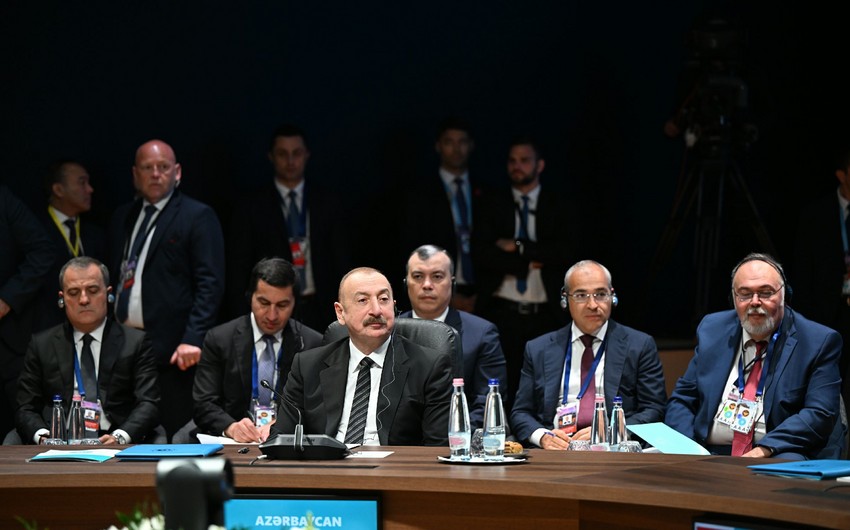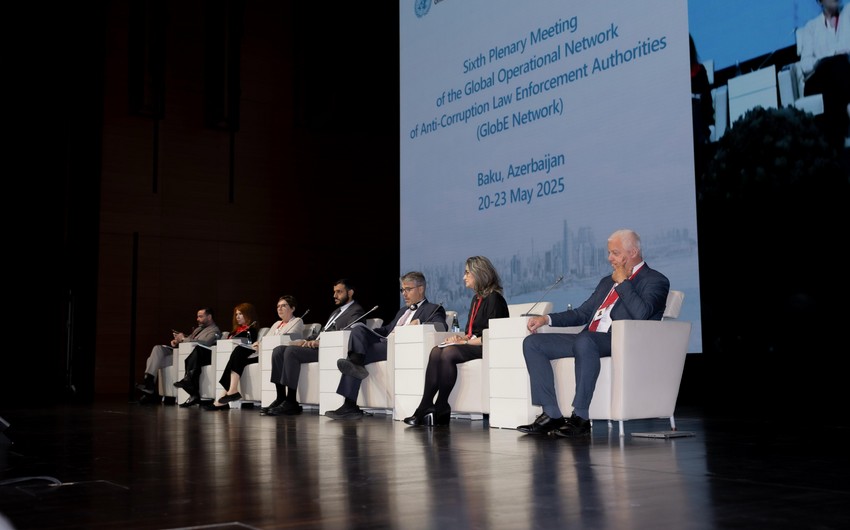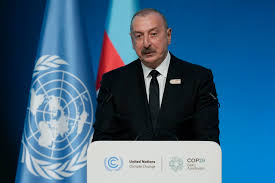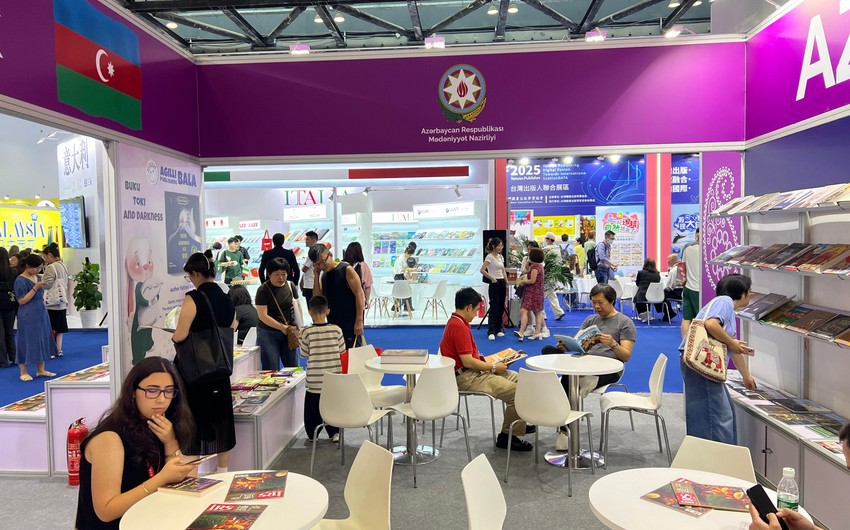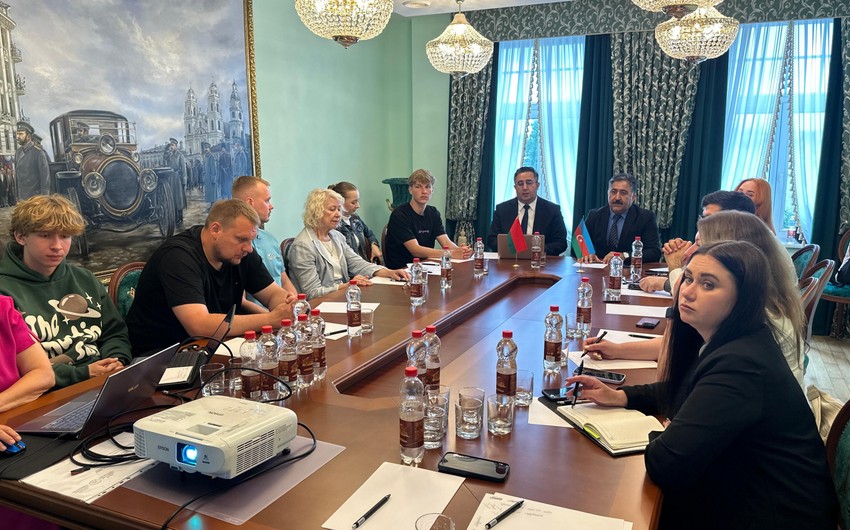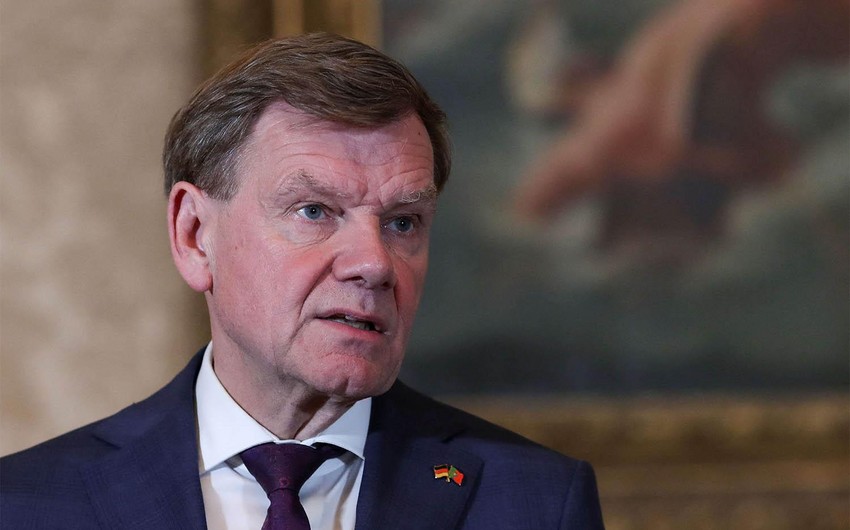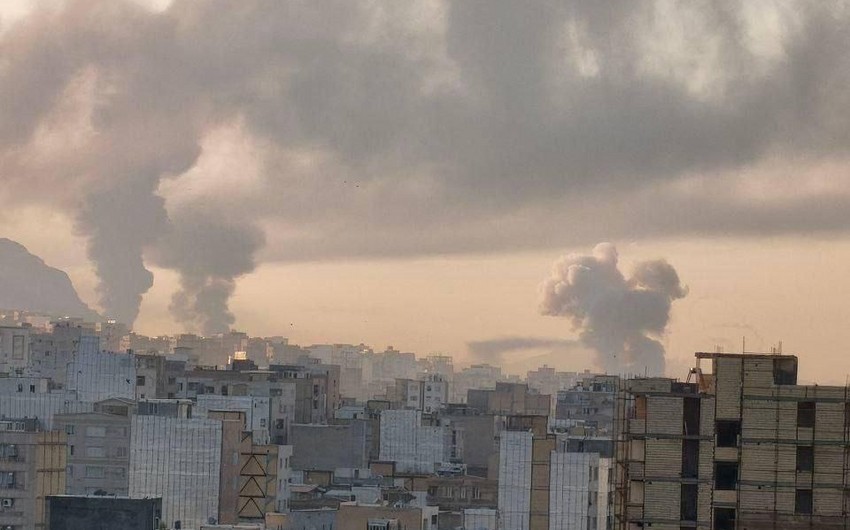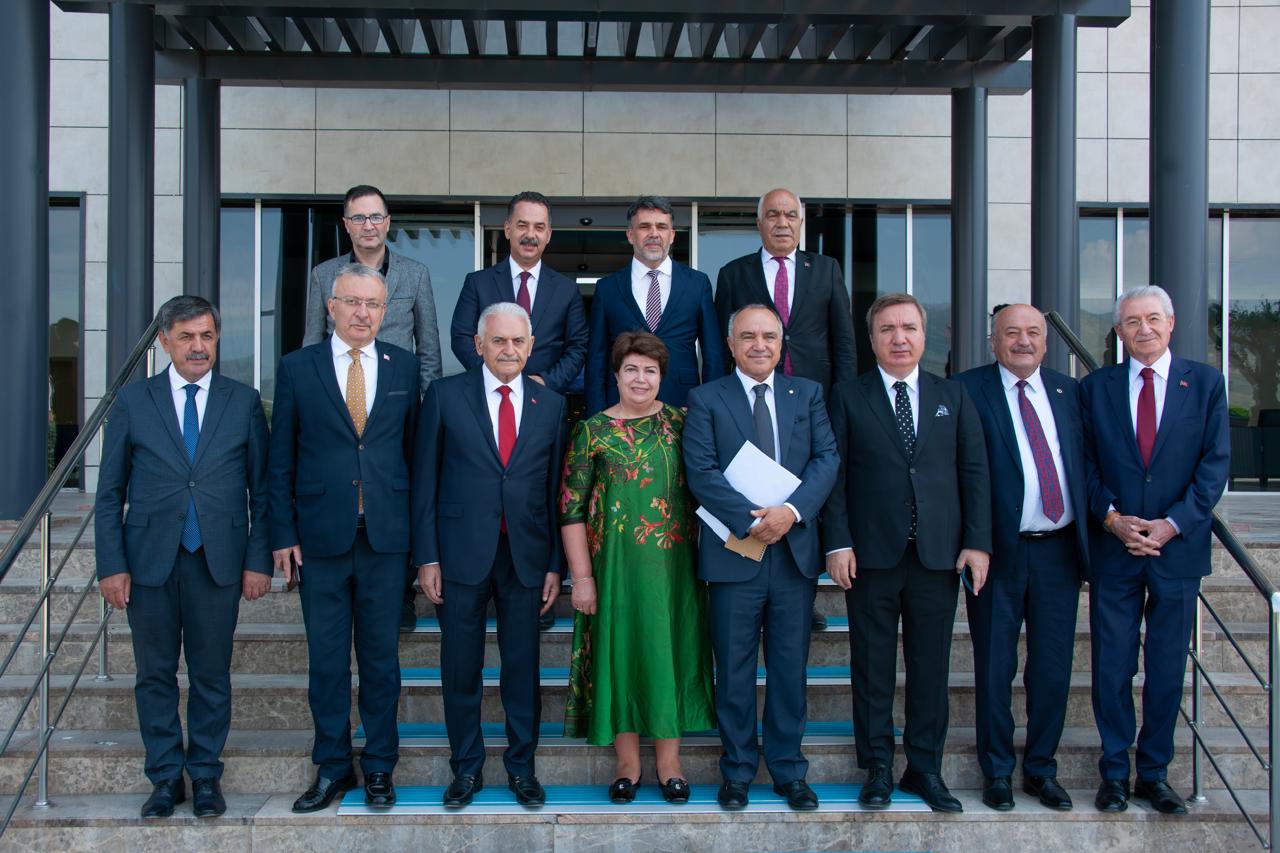Today is the anniversary of the signing of the tripartite Declaration between President of Azerbaijan Ilham Aliyev, President of Russia Vladimir Putin and Prime Minister of Armenia Nikol Pashinyan.
Ednews informs that on September 27, 2020, in response to the next military aggression of Armenia, the people of Azerbaijan started the Patriotic War under the leadership of the President of the Republic of Azerbaijan, Commander-in-Chief Ilham Aliyev in order to liberate the occupied lands.
As a result of military operations lasting 44 days, the Muzaffar Azerbaijani Army captured Sugovushan settlement of Tartar district on October 3, Jabrayil city on October 4, Hadrut settlement of Khojavend district on October 9, Fuzuli city on October 17, Zangilan city on October 20, and Zangilan city on October 25. liberated the city of Gubadli on November 8, and the city of Shusha on November 8, more than 300 settlements, as well as important strategic heights in the directions of Aghdara, Murovdag and Zangilan were liberated from occupation.
With the liberation of Shusha from occupation on November 8, Armenia accepted its defeat.
On November 10, the President of Azerbaijan Ilham Aliyev, the President of Russia Vladimir Putin and the Prime Minister of Armenia Nikol Pashinyan signed a statement.
The statement reads: "We, President of the Republic of Azerbaijan Ilham Aliyev, Prime Minister of the Republic of Armenia Nikol Pashinyan and President of the Russian Federation Vladimir Putin declare the following:
1. From 00:00 Moscow time on November 10, 2020, a complete cessation of fire and all military operations in the Nagorno-Karabakh conflict zone is announced. After that, the Republic of Azerbaijan and the Republic of Armenia, which will be called the Parties, will remain in their current positions.
2. Until November 20, 2020, Agdam region is returned to the Republic of Azerbaijan.
3. A peacekeeping contingent of the Russian Federation consisting of 1,960 fire-armed military personnel, 90 military armored vehicles, 380 vehicles and special equipment is stationed along the contact line and the Lachin corridor in Nagorno-Karabakh.
4. The peacekeeping contingent of the Russian Federation is deployed in parallel with the withdrawal of the Armenian armed forces. The term of stay of the peacekeeping contingent of the Russian Federation is 5 years, and if any of the Parties does not express its intention to terminate the application of this provision 6 months before the end of the term, the term is automatically extended for the next 5 years.
5. A peacekeeping center for monitoring the ceasefire is established in order to increase the efficiency of monitoring the compliance of the parties to the conflict.
6. The Republic of Armenia returns Kalbajar district to the Republic of Azerbaijan by November 15, 2020, and Lachin district by December 1, 2020. The Lachin Corridor (5 kilometers wide), which will ensure the connection between Nagorno-Karabakh and Armenia and will not touch the city of Shusha, remains under the control of the Russian peacekeeping contingent. Based on the agreement of the parties, within the next three years, a plan will be established for the construction of a new traffic route along the Lachin Corridor, which provides a connection between Nagorno-Karabakh and Armenia, and thus the future relocation of the Russian peacekeeping contingent to protect that route is envisaged. The Republic of Azerbaijan guarantees the safety of the movement of citizens, vehicles and cargo in both directions along the Lachin Corridor.
7. Internally displaced persons and refugees return to the territory of Nagorno-Karabakh and surrounding regions under the supervision of the Office of the United Nations High Commissioner for Refugees.
8. Prisoners of war, hostages and other detained persons, as well as bodies, are exchanged.
9. All economic and transport links in the region are restored. The Republic of Armenia guarantees the safety of transport links between the western regions of the Republic of Azerbaijan and the Autonomous Republic of Nakhchivan in order to organize the unhindered movement of citizens, vehicles and cargo in both directions.


